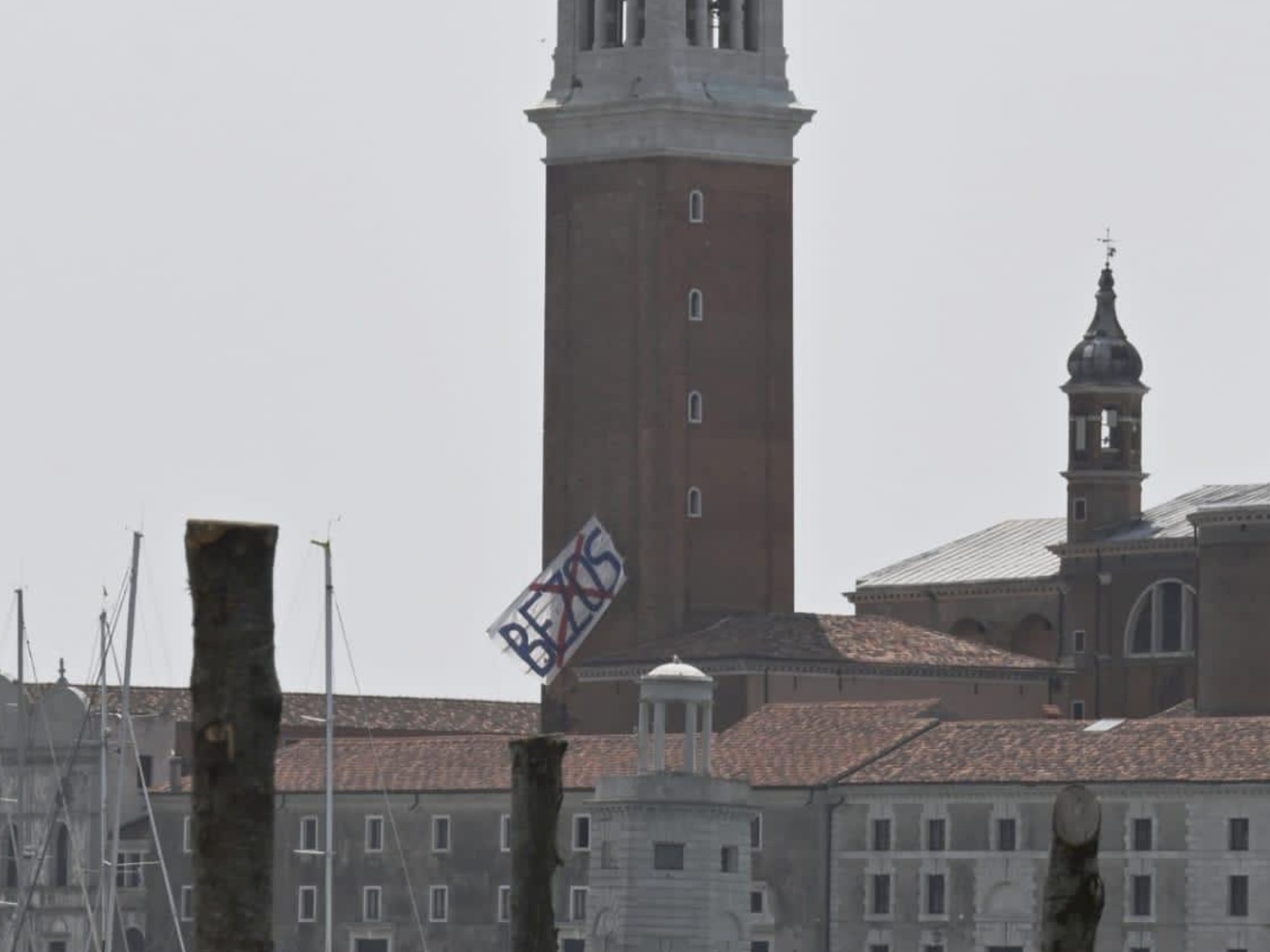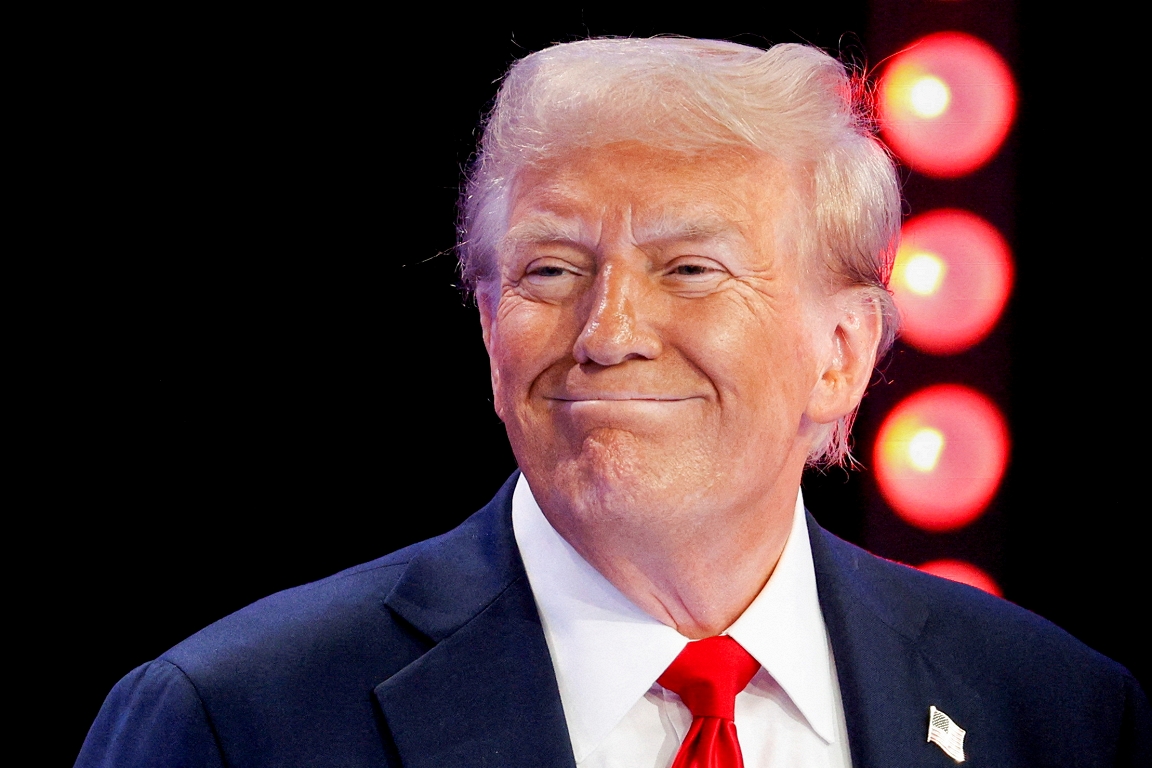Increasingly intensive farms in Europe. In 15 years I lost 5.3 million small farms

The first magafarm mapping in the EU area. The most impactful huge systems are growing, the income gap with traditional farmers increases. The repercussions on the environment, air quality and animal welfare
In the territory of the European Union there are 10,862 Industrial Avications farms with at least 40 thousand animals eachbetween meat chickens and ovary hens. AND 8,854 pig farms with 2 thousand garments eachincluding more than 2,500 specialized in reproductionwith confined sow in cage that suddenly spend all their existence between metal bars. Not only that. Over the past ten years they have been built 2,746 large industrial farms, with Spain that records the largest growth rate with 1.385 New plants, practically half of the total. In the same period the permits granted were 5.314. These numbers emerge from First mapping of mega-allevations Made by journalists of the collective Agtivist on behalf of the coalition Eurogroup for animals and in collaboration with Animal in Italy and with Biestar Animal Observatory in Spain.
It is the first time that the phenomenon is dismayed in detail and in all its complexity, in a phase in which the European Commission is gradually loosening attention on environmental issues with a clear backdrop on Green Deal UEon the strategy Farm To Fork and on the project of New animal welfare legislation who had been at the center of the program of Ursula von der leyen in the previous legislature. The movements of the political balance in the European Parliament and in many of the Member States, however, has actually put a brake on a line that aimed to enhance small agricultural enterprises that heavily undergo the competition of the megafarm. The numbers of the relationship that is spread today and that the courier and other international media anticipate certify what are the proportions on the field.
Intensive farms are a problem for the territories that host them because they are the cause of land pollution and atmospherebecause they make the life of resident populations difficult (smells, paths of heavy vehicles for animal handling) and because they are giants with which small breeders have no way of competing. And this is also certified by the numbers: between 2005 and 2020, highlights the investigation, The EU has lost 5.3 million farms, mostly small. The overall agricultural surface remained in fact unchanged, the type of activities with a tendency to concentration changed. Large farms increased by 56% in the same fifteen years of reference. Today 65% of the total number of animals raised in the EU is to be ascribed to 8% of the most productive companies. A disparity that is also found in income levels: between small and mega farms the gap has increased up to 60 times.
(Above the map that highlights the concentration in Europe of intensive farms of chickens, in yellow, and pigs, gray)
So far we have only talked about the numbers of the phenomenon, the repercussions on the environment and conditioning of the economy linked to agriculture, which continues to represent the item of greater investment of the EU, which for the PAC (la Common agricultural policy) allocates 40% of their budget. Without taking into account the breeding conditions, which instead count, all right. The images of Happy chickens in the meadowsof pigs that crawl serene in the large fences of a country farm are very present in the packaging and advertising campaigns of the products that derive from these animals. But only in a small minority of cases does the reality correspond to those scenarios as a Fattoria di Nonna Papera. « Income » animals are almost always considered as raw materials and not as sentient beings. And are treated accordingly.
This was also highlighted by the investigations. The environments in which the animals are crammed are often overcrowdedwith inadequate ventilation And unhealthy hygienic conditions. Often not guaranteed theaccess to areas outside the shedswhere the lighting is also in most cases artificial. The checks also concerned our country. In a breeding in the province of Bergamo they were documented chickens that live among their own excrements And they cannot stand on the legs, due to the proportions of the unbalanced body due to genetic selection: the meat specimens, i Broilerhave been selected to have a huge chest, which weighs more than necessary on joints that are instead normal. In Brescia, investigators instead saw hens crammed with the inverted, with carcasses of dead animals and in decomposition Leave in the midst of them for days. In Spain, overcrowding conditions have been documented in plants for pigs, with conditions of insalubility due to Untered Wounds that animals procured due to the excessive concentration.
Eurogroup for Animals represents more than one hundred associations active in the EU. For Italy there are Animal Law Italy, Animal Equality, Ciwf Italia, Animal And Lav who for some time ask for thegradual elimination of cages in farms and the introduction of minimum space requirementsin addition to rapid growing breeding bars and the obligation to guarantee access to external areas. Requests in line with the opinions issued in recent years sinceEfsathe European Food Security Agency, which on behalf of the EU Commission had developed a series of studies with related recommendations. That given the air that pulls, however, they risk remaining closed in the drawer. The law on animal welfare had been promised by the end of the previous legislature, closed in the spring of a year ago, but the election campaign had led many political forces of the so -called « Ursula majority » to curb on the green requests so as not to enlarge the organizations of the breeders, to whom instead the sovereign and populist groups have always squeezed the eye.
« This investigation – say the associations in a note – shows that the number of mega farms in the EU is growing rapidly, in contrast with the promises to improve the well -being of animals and orient themselves towards more sustainable agriculture. This should be a alarm bell for the decision makers in Brussels. It is important that the European Commission makes intelligent and well informed choices on the future of agriculture. THE funding should be intended for Really sustainable, competitive and resilient agricultural systems».








:format(jpeg):fill(f8f8f8,true)/s3/static.nrc.nl/bvhw/wp-content/blogs.dir/114/files/2022/06/vries-marijn-de-2022-05-02-1280-web.png)